Absolute Value Function
The graph of y = |x| forms a V-shape, where all outputs are non-negative.
Linear Function
The graph of y = x is a straight line passing through the origin with a slope of 1.
Quadratic Function
The graph of y = x 2 is a parabola opening upwards, with its vertex at the origin.
Cubic Function
The graph of y = x 3 shows an S-shaped curve passing through the origin.

Exponential Functions
The graphs of y = a x and y = -a x represent exponential growth and decay.
Inverse Exponential Functions
The graphs of y = a x and y = a -x show growth and decay with an inverse relationship.
Natural Exponential Function
The graph of y = e x illustrates continuous exponential growth with base e .
Square Root Function
The graph of y = √x is a curve in the first quadrant, showing non-negative outputs.
Cubic Root Function
The graph of y = ∛x passes through the origin and shows symmetry about the origin.
Natural Logarithmic Function
The graph of y = ln(x) shows a curve that grows slowly and is undefined for x≤0 .
Sine Function
The graph of y = sin(x) oscillates between -1 and 1, with a period of 2π .
Cosine Function
The graph of y = cos(x) oscillates between -1 and 1, similar to the sine function but shifted.
Tangent Function
The graph of y = tan(x) has periodic vertical asymptotes and repeats every π .
Cotangent Function
The graph of y = cot(x) is periodic with vertical asymptotes and repeats every π .
